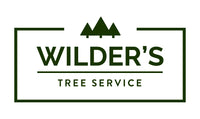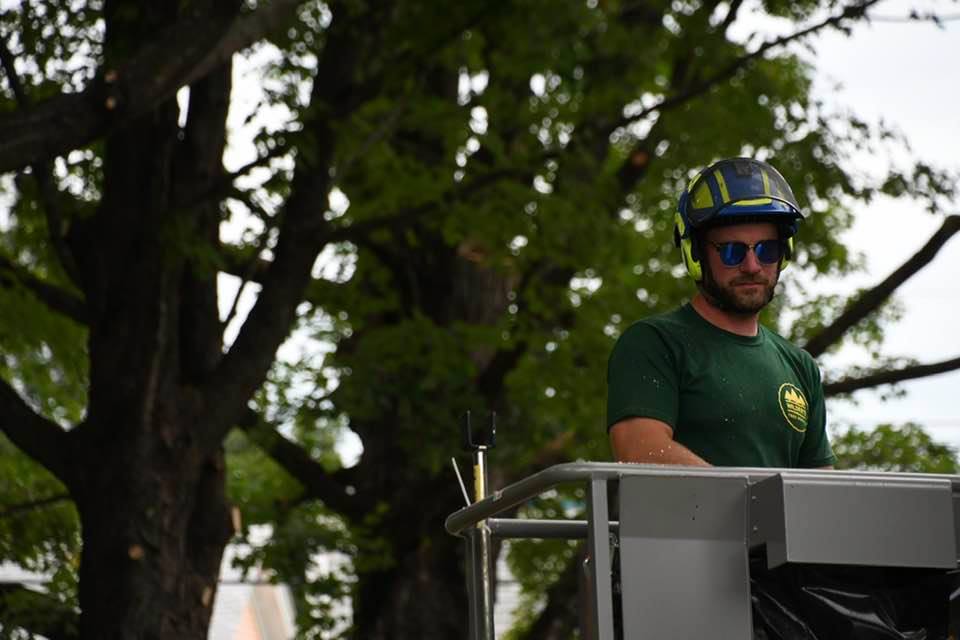Frequently Asked Questions
Collapsible content
What should I look for in a tree company?
When looking for a tree service, you'll want to consider a few things. While it's wise to get a quote from a few companies to compare price, it's best to think about the following as well:
1. License and insurance: Has the tree care company obtained the proper licenses to carry out the work? If something goes wrong, do they have insurance to cover any damages?
2. Staff and training: How experienced is the crew? Often with larger companies, the person you meet while quoting the work is not the same person who will be doing the work.
3. Review and recommendations: Ask around to see who's had tree work done before and by who. Check online for reviews to see what other customers experienced.
Why should I hire a tree service to trim my trees?
LIke all living things, trees are prone to disease, injury, pests and decay. A tree care expert has the experience to know what a tree needs and what might be done to promote growth, and the skills to perform the tasks safely and efficiently.
Is tree removal dangerous?
Tree removal is a big job, and has the potential for property damage, severe injury, or even death. It is best to leave it up to the professionals who do that type of work every day and have been trained in how to do it safely. They have the proper equipment and techniques to minimize the potential of something going wrong.
How much does it cost to remove a tree?
Tree removal costs can range anywhere from hundreds to thousands of dollars, depending on a number of factors. This is why it's important to get a free estimate.
Will there be a mess to clean up after?
One of the advantages of hiring a professional tree service is that they'll cleanup any mess or debris produced by the work being done. Larger logs are hauled away or can be pieced up and left on the property for firewood. Limbs and branches are usually chipped and removed. Woodchips are usually trucked out or can be left on the property for use in garden beds and paths. Removing trees will leave behind stumps. These can be ground down and left to fill what would otherwise be a hole.
When is the best time to prune my shrubs?
For non-flowering shrubs, the best time to prune is in late winter or early spring when the shrub is still dormant and before new growth has started.
Flowering shrubs should be pruned after they finish flowering to remove old blooms and unwanted new growth while allowing time to heal before winter.
Avoid pruning shrubs in late summer or fall as this will make them more susceptible to winter cold damage.

